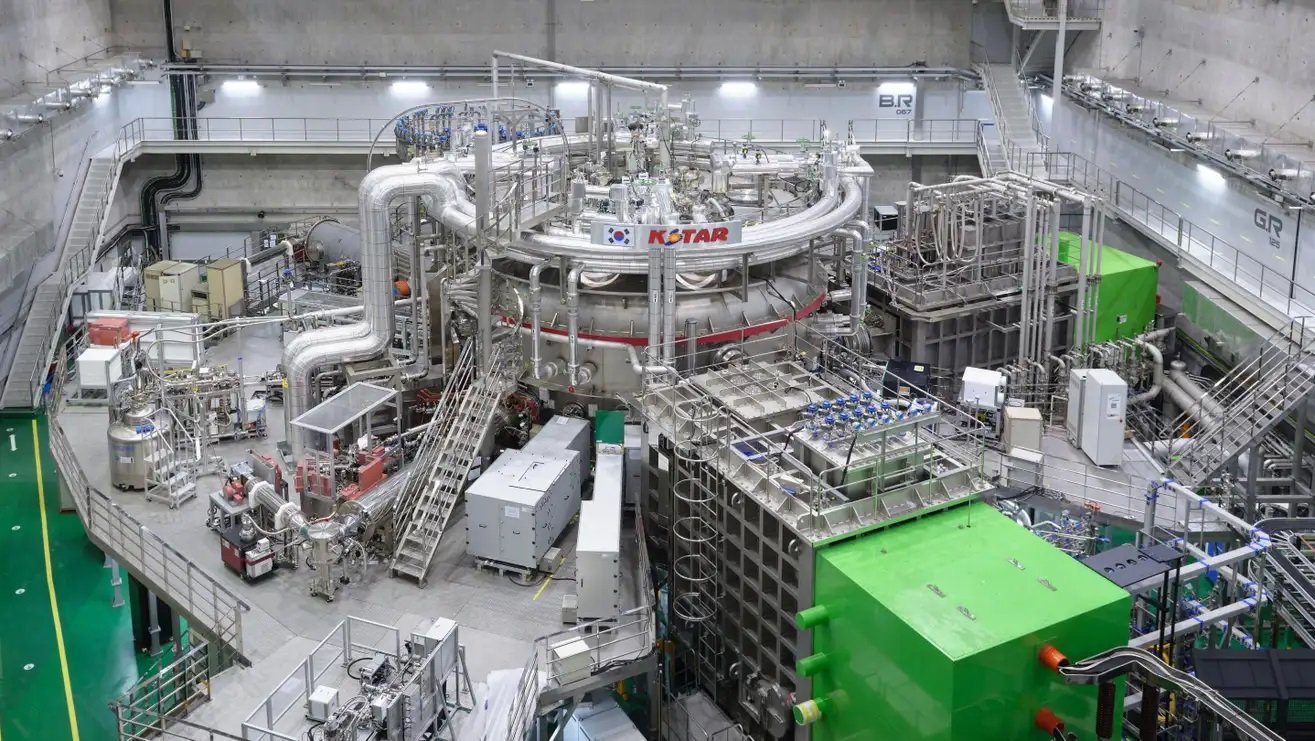Scientists in South Korea have made a pivotal advance in the quest for clean energy. Their nuclear fusion device, the Korea Superconducting Tokamak Advanced Research (KSTAR) – often dubbed an “artificial sun” – has sustained plasma at an incredible 100 million degrees Celsius for 48 seconds. This achievement shatters their previous record of 30 seconds set in 2021, marking yet another critical step toward harnessing the power of nuclear fusion.
Nuclear fusion mimics the process that fuels stars like our Sun. It involves forcing hydrogen atoms together, releasing immense amounts of energy with minimal waste products. However, replicating this on Earth faces immense technological challenges. One of the most difficult is maintaining the superheated plasma, where fusion occurs, for extended periods.
KSTAR, a tokamak-style fusion reactor using magnetic fields to confine plasma, represents one of the world’s leading research facilities in this field. The recent record-breaking run was achieved through upgrades and refinements in the reactor’s operation, including changes to a component called the diverter, which manages the plasma’s exhaust.
The extended operation time at such immense temperatures gives researchers valuable insights into the behavior of plasma, essential for developing fusion power plants.

The ultimate goal is to sustain these plasma temperatures long enough to generate usable energy. The Korea Institute of Fusion Energy (KFE) aims to achieve a 300-second run at 100 million degrees Celsius by 2026. While commercial fusion power may still be decades away, these advancements demonstrate the progress scientists are making.
If successful, nuclear fusion has the potential to provide a near-limitless source of clean energy without reliance on fossil fuels.


















